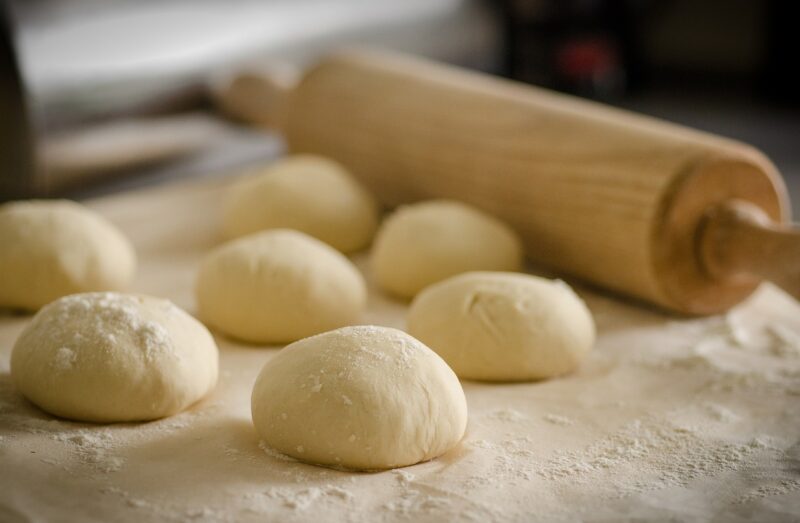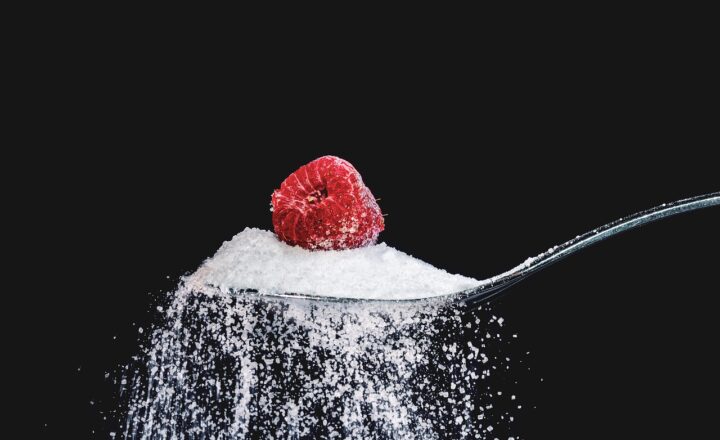
Baking has long been synonymous with sugar; it adds sweetness, enhances texture, and aids in browning. However, as people become increasingly health-conscious, more and more bakers are searching for sugar alternatives. Whether for reducing calorie intake, controlling blood sugar, or accommodating dietary restrictions, exploring sugar substitutes can transform your cakes and cookies.
In this comprehensive guide, we’ll delve into various sugar alternatives that work well in baking, explaining their properties, flavors, and best usage practices.
1. Understanding Sugar’s Role in Baking
Before we jump into alternatives, it’s vital to recognize why sugar is a crucial ingredient in baking. Sugar not only sweetens but also plays several key roles:
- Moisture Retention: Sugar attracts and retains moisture, helping baked goods stay soft and fresh longer.
- Browning & Flavor Development: When heated, sugar caramelizes and contributes to the golden-brown color and rich flavor of cookies and cakes.
- Texture & Structure: Sugar helps create a desirable texture, contributing to the tenderness of cakes and the crispness of cookies.
- Fermentation: In yeast-risen products, sugar feeds yeast, aiding in the rise and developing flavor.
Understanding these roles will guide you in selecting the best sugar alternatives for your recipes.
2. Popular Sugar Alternatives for Baking
As you explore various sugar alternatives, keep in mind that the right choice depends on your recipe, desired sweetness level, and nutritional objectives. Here’s a breakdown of popular alternatives:
2.1. Stevia
Stevia is a plant-derived sweetener that is intensely sweet—up to 200 times sweeter than sugar—making it an excellent option for calorie reduction. When baking with stevia, consider the following:
- Use a conversion calculator, as the volume differs from sugar.
- Stevia may impart a slight aftertaste, which some bakers might find unappealing.
- Best used in recipes that include other moist ingredients, like pureed fruits or yogurt, to help with texture.
2.2. Honey
Honey brings natural sweetness along with a depth of flavor. When using honey in baking, keep these tips in mind:
- Substitute honey for sugar at a 3/4 cup ratio for every cup of sugar and reduce other liquids in the recipe by 1/4 cup.
- Honey adds moisture, making your baked goods softer but might affect the browning process—bake at lower temperatures if necessary.
- Best suited for cookies, muffins, and breads.
2.3. Agave Nectar
Agave nectar is sweeter than sugar and has a low glycemic index, making it suitable for those watching their blood sugar levels. Things to consider:
- Use a 2/3 cup of agave for every cup of sugar, and reduce other liquids by approximately 1/4 cup in the recipe.
- Agave nectar has a mild flavor, allowing it to work well in various baked goods but can add extra moisture, so adjustments may be required.
2.4. Coconut Sugar
Coconut sugar is an unrefined sugar derived from coconut palm sap, providing a brown color and a caramel-like flavor. Its properties include:
- Can be substituted 1:1 for regular sugar in most recipes.
- Retains moisture similar to brown sugar, enhancing texture and flavor in cakes and cookies.
- A healthier alternative due to its lower glycemic index, but still contains calories—use it responsibly.
2.5. Maple Syrup
Maple syrup has a distinct flavor and can enhance the taste of cookies and cakes. Consider the following:
- Substitute with a 3/4 cup of maple syrup for every cup of sugar, adjusting other liquids by about 3 tablespoons.
- Best suited for robust flavors and adds moisture—ideal for pancakes, muffins, and certain cookies.
3. Tips for Successful Baking with Sugar Alternatives
Baking with sugar alternatives requires careful adjustments to ensure the desired outcome. Here are some tips for successful baking:
- Taste Test: Each substitute possesses a unique flavor. Conduct taste tests to find the best options for your family and recipes.
- Texture Considerations: Sugar substitutes don’t behave identically to sugar, which can affect moisture and structure. Pair alternatives with other ingredients to maintain cuisine integrity.
- Experiment gradually: When trying new sugar alternatives, make gradual adjustments to recipes while keeping notes to identify what works best.
- Baking Powder Adjustments: If a sugar alternative doesn’t have the same moisture content, consider adjusting leavening agents in your recipe.
4. Conclusion: Finding the Right Sugar Alternative
Sugar alternatives can be a perfect way to enjoy sweet treats without the downsides of traditional sugar. From stevia and honey to coconut sugar and agave, there’s a suitable option for every baker. The key is understanding each alternative’s properties and how they impact the baking process while allowing you to explore new flavor profiles.
With experimentation, you can create delicious cakes and cookies that fulfill your cravings while maintaining your dietary goals. So, roll up your sleeves, pick your preferred sugar alternative, and happy baking!







